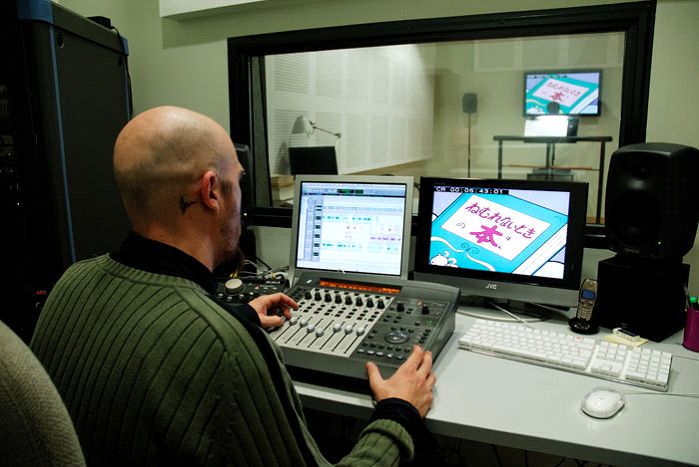By Sarah-Claire Jordan
 China and other Chinese-speaking areas, like Hong Kong, Taiwan, and Singapore, are huge centers for international businesses and investments in general. The Chinese-speaking market in the world is an untapped source of a huge amount of business for many companies, and they want to see what they should do in order to reach out and connect with potential new clients and markets. This gets a little more complicated when the target language is Chinese, be it Mandarin or Cantonese, and even more so when the content that needs to be translated is in the form of audio.
China and other Chinese-speaking areas, like Hong Kong, Taiwan, and Singapore, are huge centers for international businesses and investments in general. The Chinese-speaking market in the world is an untapped source of a huge amount of business for many companies, and they want to see what they should do in order to reach out and connect with potential new clients and markets. This gets a little more complicated when the target language is Chinese, be it Mandarin or Cantonese, and even more so when the content that needs to be translated is in the form of audio.
With the major Chinese markets, most likely you will have to figure out if Mandarin or Cantonese is the right dialect to use as the target language. Mandarin is what most people in mainland China and Taiwan speak, while Cantonese is the norm in Hong Kong and Singapore. Though the Chinese government doesn’t even recognize Mandarin and Cantonese as two dialects of the same language and treats them both as Chinese, this doesn’t change the fact that the two dialects sound completely different. Native Mandarin speakers cannot understand Cantonese speakers unless they have been exposed to it some, and vice versa.
Luckily, Mandarin and Cantonese in their written forms are not so different. Mandarin is written using a simplified system of Chinese characters known as jian ti zi, while Cantonese uses fan ti zi, the traditional and more complicated system. Interestingly enough, there was recent controversy in Hong Kong over a news channel using captions in Mandarin, ergo jian ti zi, because the predominantly Cantonese-speaking and fan ti zi-using population saw it as a butchering of their language. The channel said it was only trying to help the rising Mandarin-speaking population, coming mostly from mainland China, to feel more at home and welcome.
As you can see, the issue of which dialect of Chinese to use is just the tip of the iceberg. After that, the choice between dubbing or using subtitles hopefully won’t be so daunting. Dubbing, also known as “voice-over” or “revoicing”, is not the most cost-effective method, but might be the best choice if the content you want to share is best understood by listening rather than reading. You may have to choose between a well-seasoned voice-over artist and a famous actor. Once you have someone selected, the new audio needs to match more or less what the original actor’s mouth is doing. This could be especially complicated in any Chinese language, as they are all tonal.
Subtitles may be the best option for dealing with a Mandarin or Cantonese audience, as you could translate the subtitles once for one of the dialects and then only have to change from one writing system to another. This also saves time and money dealing with a voice-over artist who will need rehearsal time as well as recording time. Of course, this may not be the best way to reach your audience authentically, but many people prefer subtitles to hearing someone else’s voice coming out of an actor’s mouth. Either way you do it, just make sure you do your research and work with the right people.





